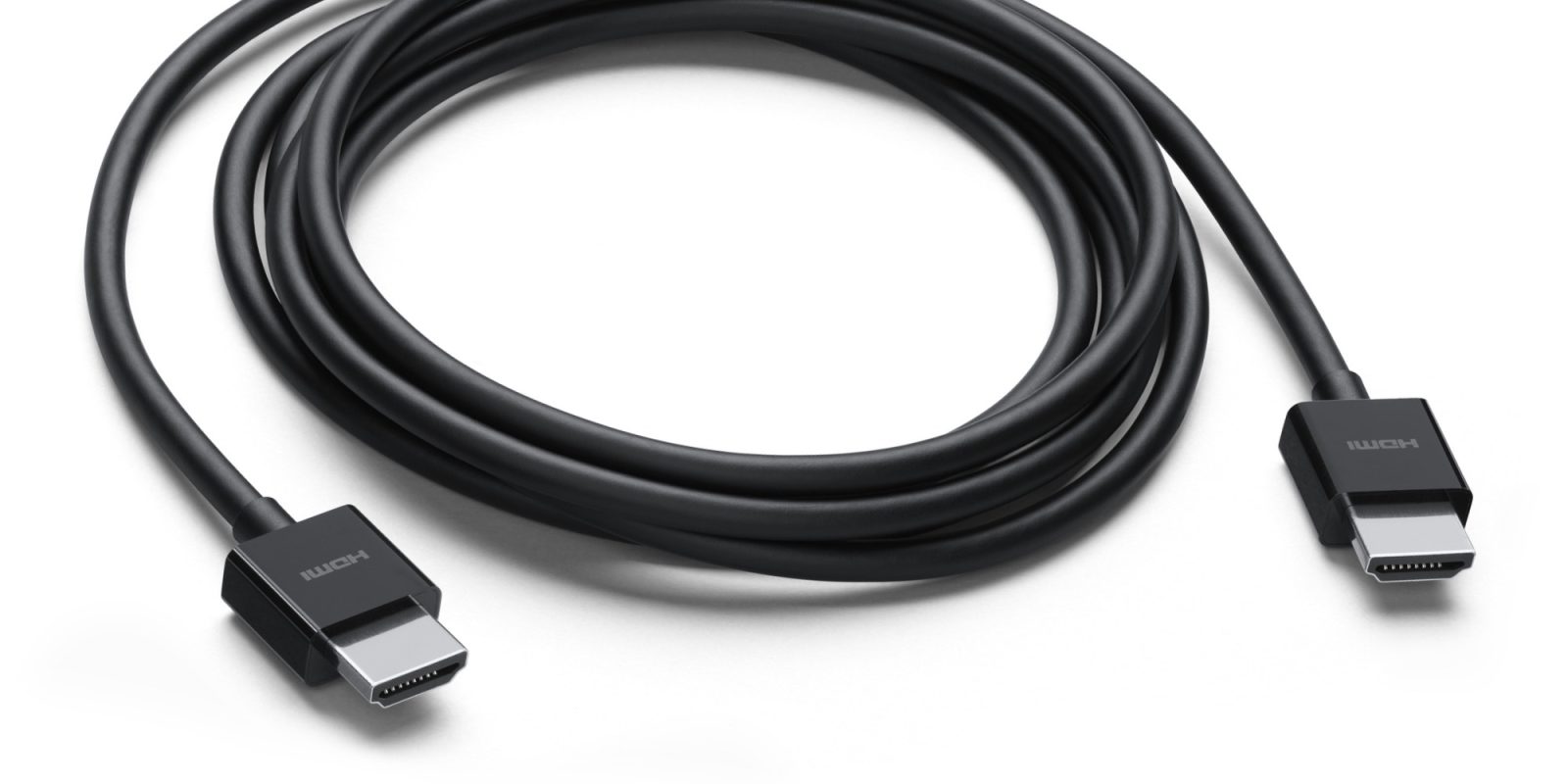WWW.CNET.COM
The First Human Bird Flu Death Has Occurred in the United States
The CDC confirmed the first US-based severe human case of H5N1 bird flu in Louisiana in December. The Louisiana Department of Health reported Monday that the patient had died.The LDH revealed that the patient was over age 65, had underlying medical conditions and contracted bird flu after exposure to both wild birds and a noncommercial backyard flock. "LDH's extensive public health investigation has identified no additional H5N1 cases nor evidence of person-to-person transmission," the department wrote. "This patient remains the only human case of H5N1 in Louisiana." CNN Health reports that the patient had the D1.1 clade of the bird flu virus, which differs from the strain circulating in dairy cattle.When the patient first contracted the illness in December, the CDC stated that this sporadic case of severe H5N1 bird flu illness was not uncommon. The H5N1 virus has been linked with severe human illness and illness resulting in death in other countries in 2024 and before. As of publication, the CDC hasn't reported on the patient's death.This comes about two months after a Canadian teenager was hospitalized with H5N1 bird flu. The Public Health Agency of Canada stated that the virus was "related to the avian influenza H5N1 viruses from the ongoing outbreak in poultry in British Columbia." However, citing privacy reasons, Canadian public health officialshave not provided updates on the patient or the source of the virus even though their investigation has been closed.Within the past few months, the US Centers for Disease Control and Prevention's national flu monitoring system has announced two human cases of bird flu in which there wasn't a clear link to exposure to sick animals -- an adult in Missouri reported in early September, and in late November, a child in California.The risk to the general public (i.e. people who do not have direct contact with farm animals, especially sick ones) remains low, according to the CDC. Many infectious disease experts and scientists have steadily increased the call for more alarm and action around the current bird flu situation, especially after bird flu was first reported in a pig this fall. While again stressing the risk to the general public is low, the CDC called avian influenza spreading to a new mammal "always concerning," especially in pigs as they're particularly susceptible to influenza viruses.What's more, the spread of avian influenza is overlapping with a renewed interest in the wellness trend of drinking raw milk. In November, raw milk sold in California was recalled because it contained bird flu virus.Two indoor cats that consumed this raw milk and have since died tested positive for Influenza A (of which the H5N1 bird flu is a subtype), which is rare in cats. According to the Los Angeles County Department of Public Health, the department is "considering these suspected H5 bird flu cases and is obtaining confirmatory testing," noting that the nationwide H5 bird flu outbreak has been found in other cats infected with the virus after they consumed infected raw milk. More recently, pet food company Northwest Naturals recalled a batch of its raw turkey pet food after an indoor cat died from bird flu linked to the product.According to the USDA, over the past 30 days, there have been 182 confirmed cases in two states of cattle infected with the highly pathogenic avian influenza (HPAI) A(H5) virus. This brings the total number of confirmed cases in cattle to 917 in 16 states.The fact bird flu could be found in raw milk is not necessarily surprising as raw milk doesn't go through the pasteurization process that inactivates harmful bacteria or viruses like bird flu, but it called attention to another avenue in which -- while no human illnesses have been reported from it -- people could theoretically be exposed to bird flu.As long as animals and humans live, work and gather around each other, there will be a risk of viruses mutating enough to make the jump from species to species. Fortunately, bird flu in humans so far has been rare, in part because the virus doesn't spread that easily from animals to humans, or between humans, though sporadic cases have occurred in other countries as well as in the US. As the space between the potential for human exposure narrows in comparison to the continued spread of bird flu in animals, it is increasingly important to understand the risk bird flu poses to public health and its threat of another pandemic.Here's what to know about bird flu, or avian influenza, and what it looks like in people. Bird flu started as a poultry and bird issue in the US but has spread to cows, which frequently have close contact with people. That increases the risk of the virus one day making the jump to humans. Getty ImagesWhat is bird flu? Upgrade your inbox Get cnet insider From talking fridges to iPhones, our experts are here to help make the world a little less complicated. In short,bird flu, aka avian influenza, is a type of flu that spreads between some animals and is currently causing outbreaks among birds and cattle in the US. Scientists are watching closely for mutations that could make it possible for the virus to spread between people, which would pose a major public health threat.More specifically, bird flu is a disease caused by infection with an influenza type A virus, and it's either "highly pathogenic" or "low pathogenic." The current H5N1 outbreak strain among animals is highly pathogenic.Bird flu was first detected and controlled in 1997, but itreemerged in 2003 and started spreading widely among birds.The World Health Organization reportsfour types of influenza viruses: A, B, C and D. Type A viruses, which occur in humans and in different kinds of animals, are the biggest threat to public health and can cause pandemics, the WHO says. The"swine flu" of 2009's pandemicwas caused by a type A virus.Seasonal flu virusesin humans are caused by type A and type B viruses. Bird flu has been ravaging the US poultry industry for the last couple of years, resulting in the culling (killing) of millions of infected or potentially infected birds. Getty ImagesIs bird flu deadly? How many cases have there been in the US?There have been 66 confirmedhuman cases of H5 (highly pathogenic) bird flu in the US, according to Jan. 6 information from the CDC. The vast majority of them have been in people with direct contact with sick animals, and the CDC's flu surveillance system shows no indicators of unusual flu activity in people.Human cases remain rare, but bird flu is considered a serious threat to public health because of its historically high mortality rate --about halfthe cases of bird flu H5N1 in people have resulted in death since tracking began, according to WHO information. One death from bird flu has been reported in the US, and historically, people who've tested positive for the virus have had direct contact with sick animals and exhibitedmild, flu-like symptoms.Is there a vaccine for bird flu?There's not a bird flu vaccine available or recommended to people right now. However, the US has been investing in the development of vaccines that could be used in an emergency situation, should one occur. In October, the Administration for Strategic Preparedness and Response awarded about $72 million to CSL Seqirus, Sanofi and GSK to fill and finish additional doses of vaccines that could be used for avian influenza.The US Department of Health and Human Services announced in early July that the government isproviding Moderna with $176 millionto develop its influenza mRNA vaccine, which could be used if bird flu starts spreading person-to-person or becomes a pandemic.Can I get bird flu from milk, eggs or meat?There haven't been any reports of people getting bird flu in the US from drinking milk or eating meat from birds or cows. The commercial food supply, which makes up most food you'd get in a regular grocery store, is regulated, and meat from impacted animals shouldn't make it to store shelves.There have been fragments of inactive bird flu virus found in pasteurized milk samples since the virus started spreading to cows. The high-temperature pasteurization process inactivates any virus or bacteria, including bird flu, that could make people sick. Infectious virus has been found in raw milk, and the US Food and Drug Administration is reiterating the general health risks of drinking raw milk, not just in terms of bird flu but also for other pathogens that often live in unpasteurized milk.In terms of meat, cooking ground hamburger is also expected to kill the bird flu virus, according to the Department of Agriculture. The same is true for poultry; according to the CDC, cooking eggs and poultryto an internal temperature of 165 degrees Fahrenheit kills viruses, including bird flu.It might be difficult to catch influenza from food or drink anyway, according to infectious disease experts we've spoken to in the past since influenza (including bird flu) is a respiratory virus.If you work directly with animals or livestock, which would include working on a farm, or even if youvisit a fair where there's livestock, you should check out the CDC's specific tips for safety to reduce the risk of spread.









